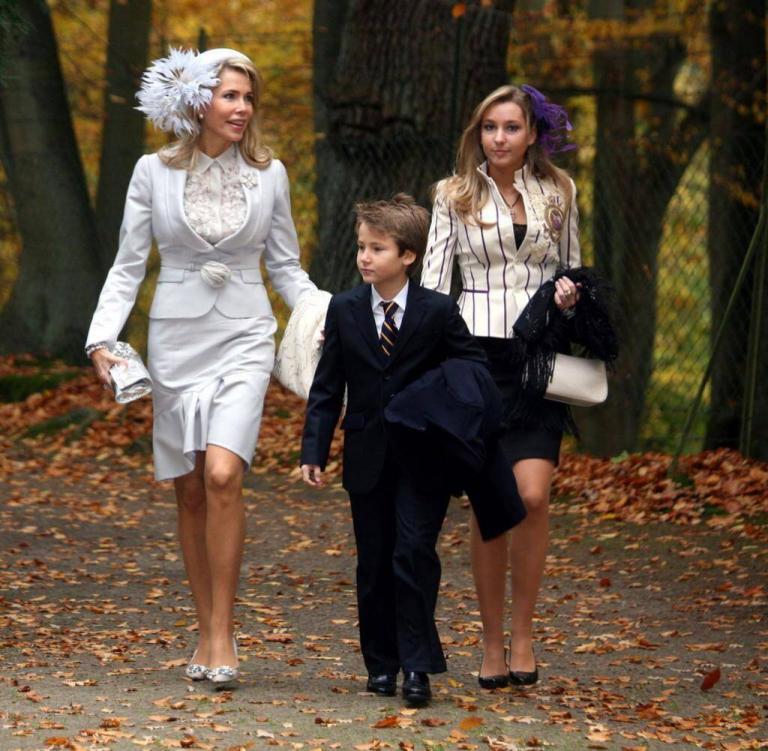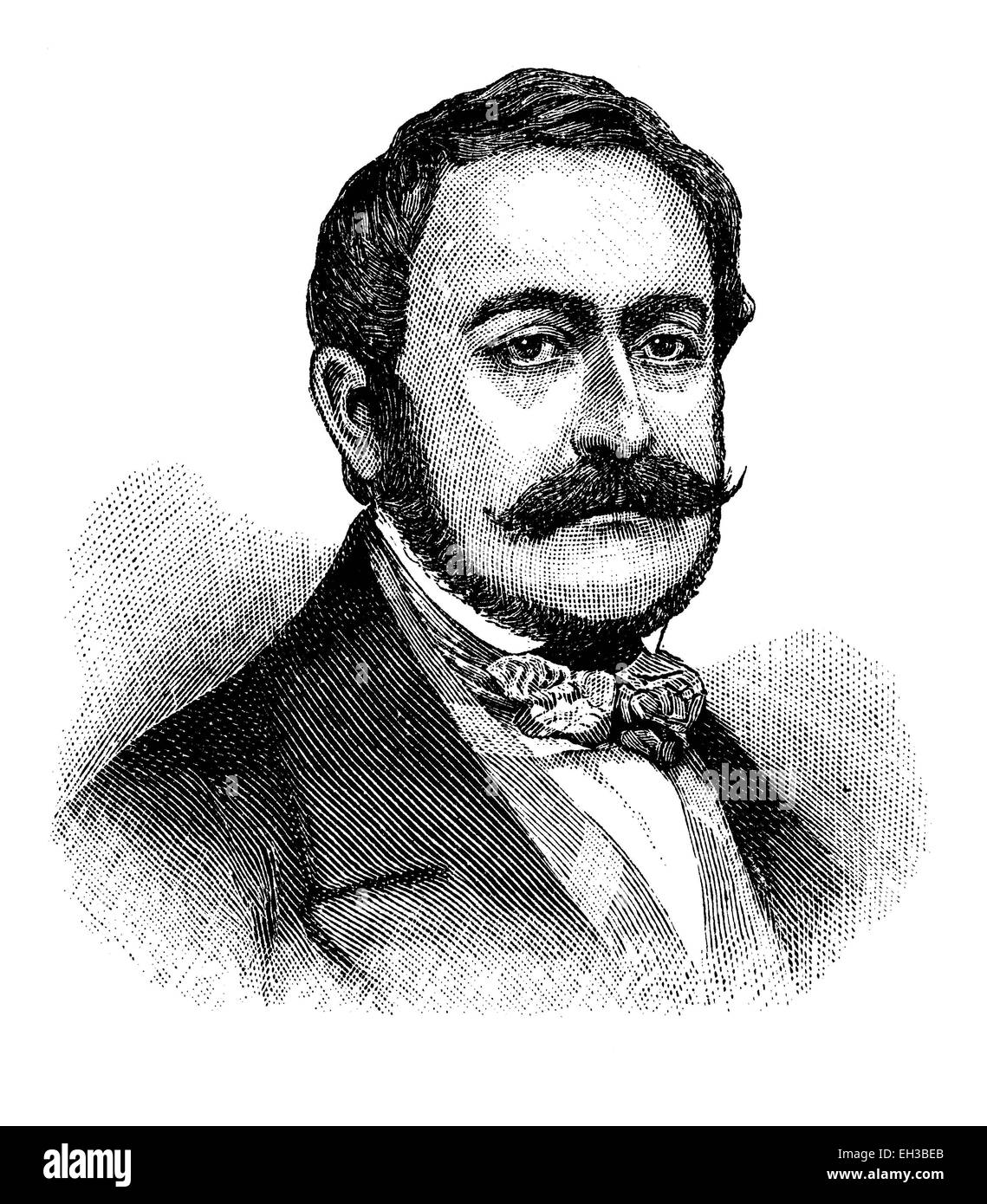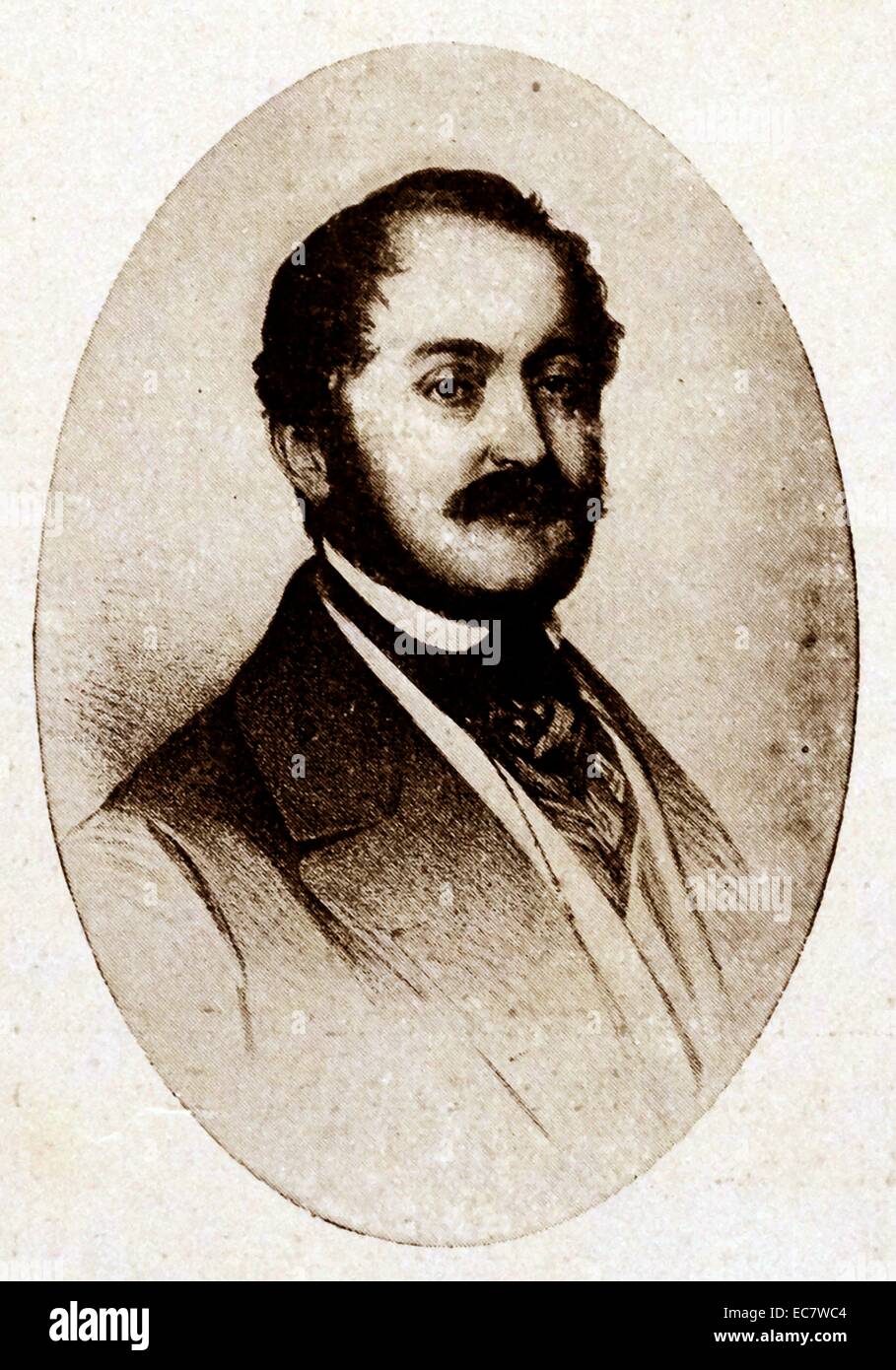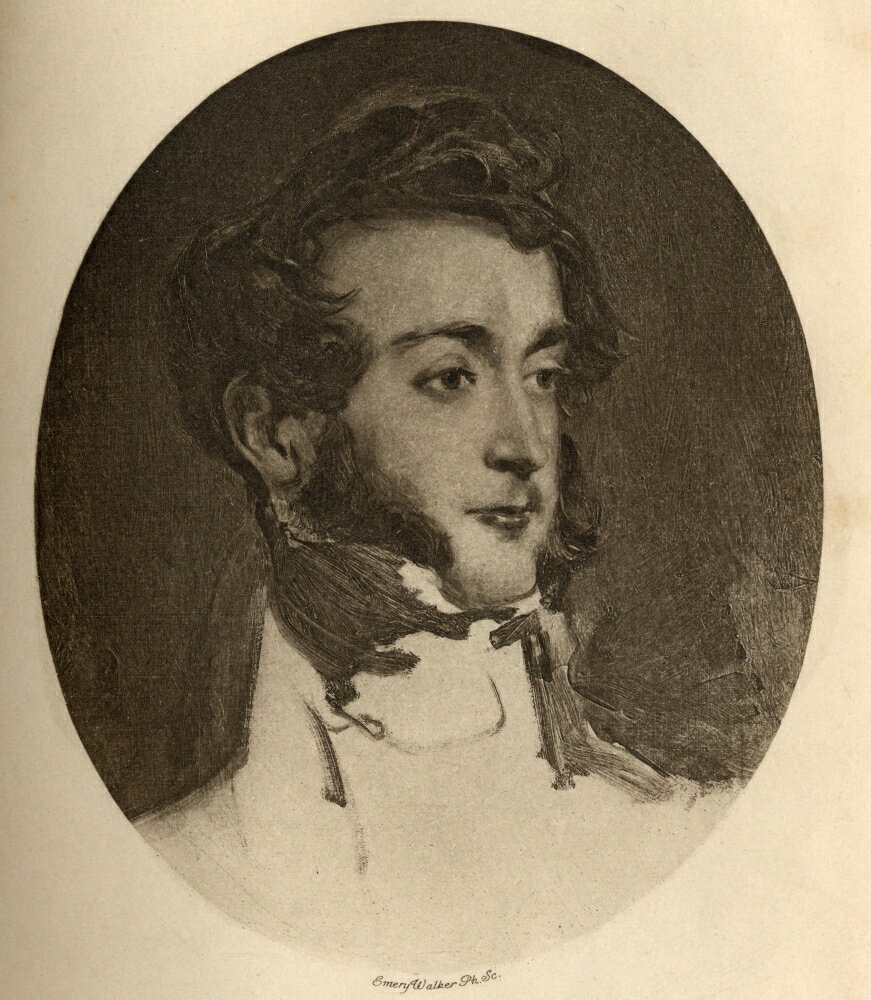
Emich Carl, 2nd Prince of Leiningen Biography Prince of Leiningen
Emich Carl, Prince of Leiningen (27 September 1763 - 4 July 1814) was the reigning Fürst of the Principality of Leiningen. He is an ancestor of various European royals, including Carl XVI Gustaf of Sweden, Felipe VI of Spain, and Constantine II of Greece.

Prince Karl Emich zu Leiningen´s Wedding Fürst, Königin, Kaiser
Prince Emich Carl had received the Principality of Leiningen during the German mediatisation ( Reichsdeputationshauptschluss) in 1803, as a compensation for the lost Hardenburg estates in the Palatinate occupied by French revolutionary troops, and took his residence at the secularised Amorbach Abbey.

Their Royal Highnesses Prince Vladimir and Princess Brigitta
File:Emich Carl 2nd prince of Leiningen.jpg. Size of this preview: 484 × 600 pixels. Other resolutions: 194 × 240 pixels | 387 × 480 pixels | 620 × 768 pixels | 1,072 × 1,328 pixels. ". This photographic reproduction is therefore also considered to be in the public domain in the United States. In other jurisdictions, re-use of this content.

HSH Princess Theresa of Leiningen Who is next in line for the throne?
Emich Carl, 2nd Prince of Leiningen - Wikidata Emich Carl, 2nd Prince of Leiningen (Q55064693) German nobleman; first husband of Princess Victoria of Saxe-Coburg-Saalfeld (1763-1814) Emich Karl zu Leiningen edit Statements instance of human 0 references image Emich Carl 2nd prince of Leiningen.jpg 1,072 × 1,328; 631 KB 0 references sex or gender

Karl Friedrich Wilhelm Emich Fuerst zu Leiningen, 1804 1856, third
Prince Karl Emich of Leiningen , also known by his Orthodox Russian name Nikolai Kirillovich Romanov , and recognized with the regnal name Emperor Nicholas III by Monarchist Party supporters of the Imperial Throne, is the eldest son of Emich, 7th Prince of Leiningen and his wife, Duchess Eilika of Grand Duchy of Oldenburg, and is an elder brother of Andreas, 8th Prince of Leiningen.

Carl Friedrich Wilhelm Emich; Prince of Leiningen (12 September 1804
Marriages and children Isabelle von Egloffstein and Karl Emich in Nurnberg Orthodox church He married Princess Margarita of Hohenlohe-Öhringen on 8 June 1984. He had one daughter by this marriage, Princess Cécilia of Leiningen (born 10 June 1988). [5] Princess Margarita died in 1989 in a car accident. [1]

LeiningenWesterburg, K. E. (Karl Emich), Graf zu, 18561906; Leiningen
Emich Carl was born in 1763. He married Henriette of Reuss-Ebersdorf in 1787; she died in 1801. In 1803, Emich Carl married Princess Victoria of Saxe-Coburg-Saalfeld (as her first husband). In 1807, on the death of his father Carl Friedrich Wilhelm, he became Prince of Leiningen. He died in 1814.

NPG D21789; Carl Friedrich Wilhelm Emich, 3rd Prince of Leiningen
Biography: The son of Emich Carl Fürst zu Leiningen and Marie Luise Victoire Prinzessin von Sachsen-Coburg-Saalfeld (English: Mary Louise Victoria Princess of Saxe-Coburg-Saalfeld); through his mother, who married Prince Edward Prince of Kent (29 May 1818), he was half-brother of Alexandrina Victoria, future Queen Victoria of the United Kingdom of Great Britain and Ireland; educated by.

Prinz zu Leiningen soll Zar in der Südsee werden
Emich, Prince of Leiningen ( German: Emich Eduard Carl Fürst zu Leiningen; 18 January 1866 - 18 July 1939) was the son of Ernst, Prince of Leiningen. He was the fifth Prince of Leiningen from 1904 to 1918, and afterwards titular Prince of Leiningen from 1918 until his death. Early life

Emich, 5th Prince of Leiningen Alchetron, the free social encyclopedia
Prince Carl of Leiningen, cofounder and first president of the Adelsverein, son of Prince Emich Carl II and Marie Luise Victoria (née Princess of Saxony-Coburg-Saalfeld and Duchess of Saxony), was born on the royal family estate in Amorbach, between Mannheim and Würzburg, Germany, on September 12, 1804.After receiving his basic education from private tutors he attended a private school in.

Carl Friederich Ruprecht (17791831) Carl Emich, Prince of Leiningen
Emich Carl Fürst zu Leiningen (* 27. September 1763 in Dürkheim; † 4. Juli 1814 in Amorbach) war zweiter Fürst zu Leiningen und königlich bayerischer Generalleutnant und Regimentsinhaber . Inhaltsverzeichnis 1 Leben 2 Ehen 3 Bauten 4 Literatur 5 Weblinks 6 Einzelnachweise Leben

43 best images about The Princely House of Leiningen on Pinterest
Emich Carl, Prince of Leiningen (27 September 1763 - 4 July 1814) was a German nobleman. He is an ancestor of various European royals, including Carl XVI Gustaf of Sweden, Felipe VI of Spain, and Constantine II of Greece. After his death, his widow, Princess Victoria of Saxe-Coburg-Saalfeld, married a son of George III of the United Kingdom and became the mother of Victoria, Queen of the.

Posterazzi Emich Charles Leiningen 2Nd Prince Of Leiningen 17631814
This category contains only the following file. Emich Carl 2nd prince of Leiningen.jpg 1,072 × 1,328; 631 KB. Emich (given name) 1763 births. 1814 deaths. House of Leiningen. Princes of Leiningen. Men by name.

Carl Friedrich Wilhelm Prince of Leiningen was the son of Emich Carl
Summarize this article for a 10 years old. SHOW ALL QUESTIONS. Emich, Prince of Leiningen ( German: Emich Eduard Carl Fürst zu Leiningen; 18 January 1866 - 18 July 1939) was the son of Ernst, Prince of Leiningen. He was the fifth Prince of Leiningen from 1904 to 1918, and afterwards titular Prince of Leiningen from 1918 until his death.

Pin page
View Complete Profile Matching family tree profiles for Emich Karl von Leiningen, Fürst Emich Karl Von Leiningen (Born Leiningen), Fürst in MyHeritage family trees (Harrison Web Site) Emich Carl 2nd Prince of Leiningen Leiningen in WikiTree Carlos De Leiningen in MyHeritage family trees (Mateos Hita)

Karl zu Leiningen Litho 1804 1856, Carl, 3rd Prince of Leiningen
Prince Emich Carl had received the Principality of Leiningen during the German mediatisation (Reichsdeputationshauptschluss) in 1803, as a compensation for the lost Hardenburg estates in the Palatinate occupied by French revolutionary troops, and took his residence at the secularised Amorbach Abbey.